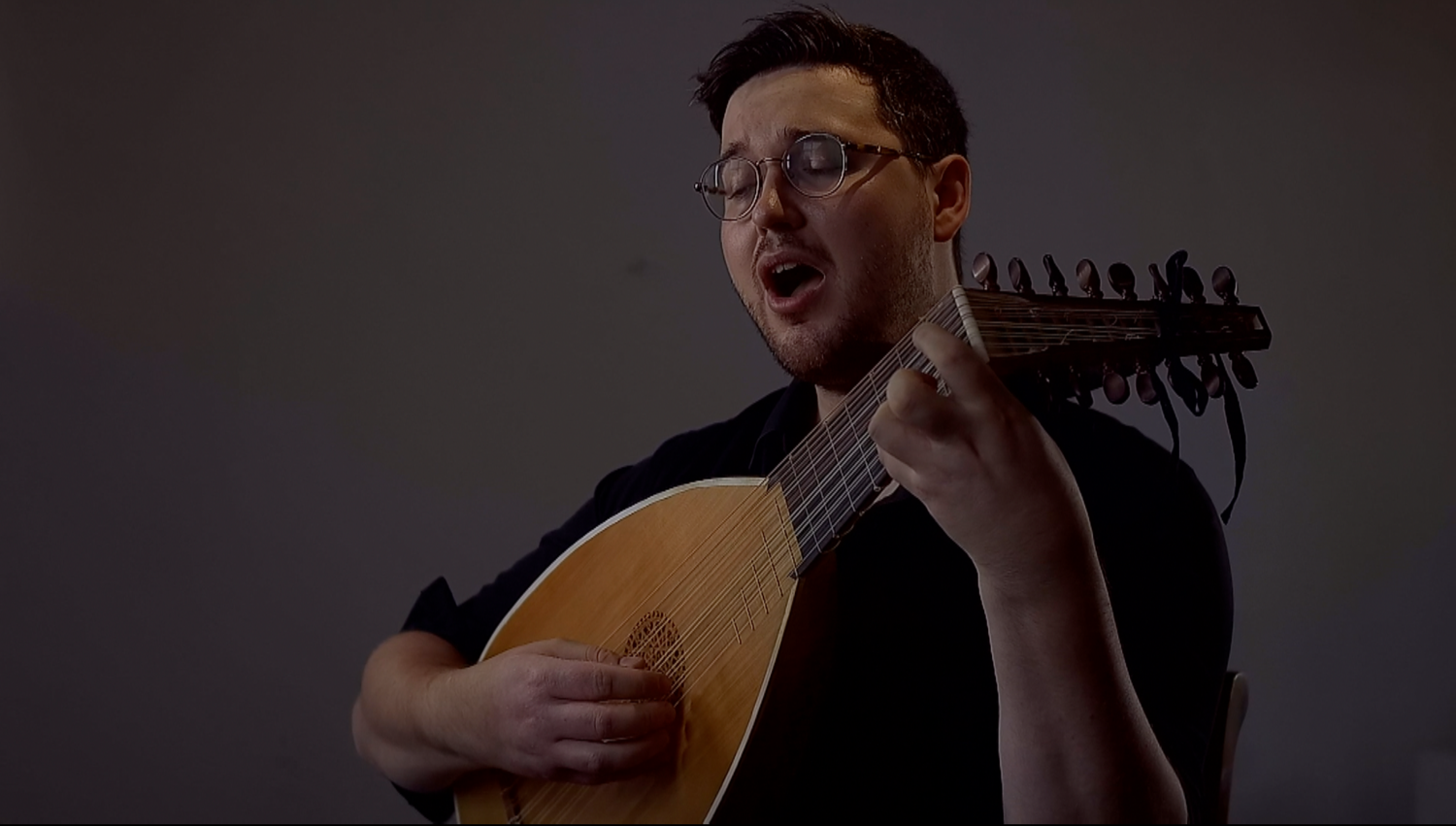Bottrigari on both Ensemble Ornamentation and ‘Odious’ (‘odiosa’) Improvised Counterpoint (1594)
- Tim Braithwaite

- Jun 10, 2021
- 3 min read
‘[Alemanno Benelli:] But because of the presumptuous audacity of performers who try to invent passaggi, I will not say sometimes, but almost continuously, all trying to move at the same time as if in a passage-making contest, and sometimes showing their own virtuosity so far from the counterpoint of the musical composition they have before them that they become entangled in their dissonances - it is inevitable that an insupportable confusion should occur.
This increases so greatly as they continue, that even those (and you see clearly how far this caprice and mania has gone) who perform [essercitano] the low part, and the Bass, do not remember - not to say are ignorant of the fact - that it is the base and the foundation upon which the cantilena was built.
And not standing firm beneath it, as the fabric requires, they go on up, they add nonsensical passages and allow themselves, because they enjoy it, to go so far as not only to pass into the Tenor part but even into that of the Contralto. Even this not sufficing, they go almost to that of the Sopranos, climbing in such a way to the top of the tree that they can’t come down without breaking their necks… meanwhile the other parts go vacillating, all being in great peril of falling to earth, without hope of having any succor.
Gr[atioso Desiderio]: Of all the causes proceeding from the instruments and their players which produce the effect of discordance and confusion, so detestable in our concerts, about which you have told me today, I believe that the most potent and efficacious would be that of passaggi unduly repeated without thoughtful consideration. And that explains why I have often heard similar discords and confusions made by the singers in Church when they improvise counterpoint above the cantus fermus of the Introit, which because of it becomes almost odious and ridiculous at the same time.’
——————-——————-——————-——————-——————-——————-
‘ma per quella prosontuosa audacia di uolersi, non dico alcuna uolta qualcu no: ma quasi del continouo, & tutti mouersi, come à garra in un tempo medesimo à far passaggi: Et tal'hora per maggiormente mostrare il loro ualore tanti lontani dal contrapunto della propostasi compositione Musicale, & tanto intricati perciò di disonantie trà loro, che sforzatamente ne succede una insupportabile confusione;
la quale tanto maggiormente si accresce all'hora, che anco quelli (e uedete di gratia sin dou'è giunto questo capriccio, & questa frenesia) che essercitano la parte graue, e bassa, non si ricordando, per lasciar di dir non sappendo, che ella e la base, & il fondamento, sopra ilquale è stata fabricata quella cantilena:
E che non istando egli fermo, & saldo tutta quella fabrica conuiene, che uada sossopra, si pongono sù grilli de' passaggi, & si lasciano da questo particolare diletto loro tirar tanto oltre, che non solamente passano nella parte de' Tenori: ma giungono à quella de' Contr'alti: & non li bastando, quasi à quella de' soprano: inarborando si di maniera alla cima, che non ne possono scendere, se non à rompi collo… Intanto l'altre parti uanno uacillando, con esser in pericolo grandissimo di andare tutte à terra, senza speranza di poter hauer soccorso.
GR. Tra tutte le cause, che da gli strumenti, & da' sonatori di quelli procedere uoi mi hauete hoggi narrato, sia per poter prodirre gli essetti delle discordanze, & delle consusioni, che si dono in questi nostri Concerti, io non istimo, che sia la piu potente, & la piu efficace di questa de passaggi indebitamente molte uolte fatti, senza pensata consideratione. Etciò mi conferma l'essermi hora souenuto di hauer udito simil discordanze, & confusioni esser fatte da' Cantori nelle Chiese contrapunteggiando alla mente sopra i canti fermi de gli Introiti, che tal uolta diuiene quasi, odiosa, & ridicolosa insieme.‘
——————-——————-——————-——————-——————-——————-
*Notes*
Ercole Bottrigari, Il Desiderio, Ouero, de Concerti Di Uarij Strumenti Musicali (Venice: Ricciardo Amadino, 1594). Translation adapted from Ercole Bottrigari and Vicenzo Giustiniani, Hercole Bottrigari Il Desiderio or Concerning the Playing Together of Various Musical Instruments, trans. Carol MacClintock (American Institute Of Musicology, 1962).
The wonderful painting below of a young boy singing by himself was painted in 1627 by Hendrick ter Brugghen.





Comments